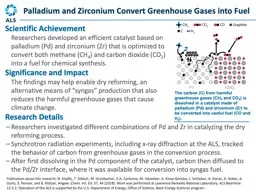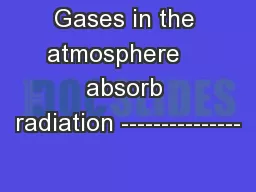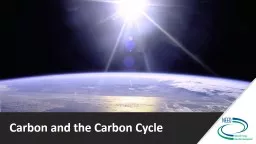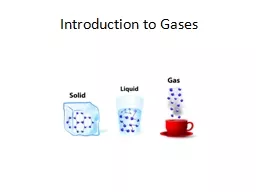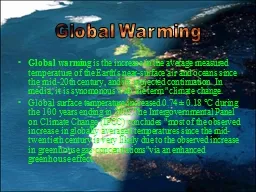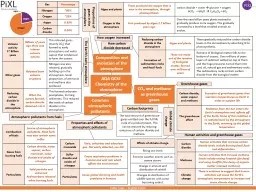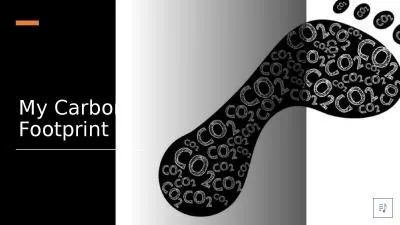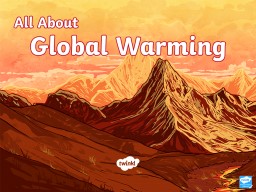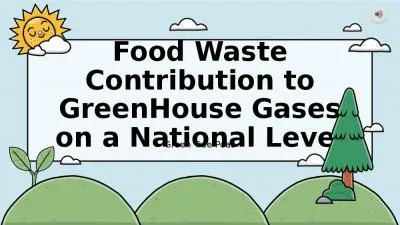PPT-The carbon (C) from harmful greenhouse gases (CH
Author : jane-oiler | Published Date : 2019-03-14
4 and CO 2 is dissolved in a catalyst made of palladium Pd and zirconium Zr to be converted into useful fuel CO and H 2 Publication about this research N
Presentation Embed Code
Download Presentation
Download Presentation The PPT/PDF document "The carbon (C) from harmful greenhouse g..." is the property of its rightful owner. Permission is granted to download and print the materials on this website for personal, non-commercial use only, and to display it on your personal computer provided you do not modify the materials and that you retain all copyright notices contained in the materials. By downloading content from our website, you accept the terms of this agreement.
The carbon (C) from harmful greenhouse gases (CH: Transcript
Download Rules Of Document
"The carbon (C) from harmful greenhouse gases (CH"The content belongs to its owner. You may download and print it for personal use, without modification, and keep all copyright notices. By downloading, you agree to these terms.
Related Documents

